Introduction
In a world where puppies steal the spotlight, senior dogs often sit in the shadows, waiting for a second chance at love. Adopting a senior dog is not just an act of kindness; it’s an opportunity to welcome a loyal companion into your home. This guide will walk you through the essential best practices for adopting a senior dog, ensuring both you and your new furry friend have a smooth transition.
Senior dogs come with a wealth of experience. They know how to cuddle, nap, and give serious side-eye when they want a treat. Plus, they often skip the mischievous puppy antics, making them perfect for those seeking a more relaxed canine companion. But let’s not kid ourselves. Adopting a senior dog is not just about snuggles and wagging tails; it involves understanding their unique needs and quirks.
Transitioning to a new home can be overwhelming for older pups. They’ve spent years in familiar environments, and a sudden change can be stressful. Patience is key. Your senior dog may need time to adjust to new sounds, smells, and routines. From creating a cozy space to understanding their health needs, we’ll cover everything you need to know to make this journey rewarding and fulfilling.
After all, a senior dog deserves a cozy retirement, and you might find that the love they offer is beyond measure. Their gratitude for your kindness will melt your heart. So, let’s jump into the best practices for adopting a senior dog and discover how to give these deserving pooches the love they crave. Remember, you are not just adopting a pet; you are gaining a loyal friend who has lived a life full of stories and love.
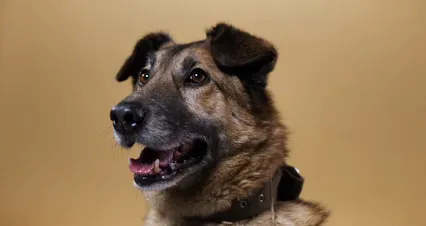
Summary of Key Points
Adopting a senior dog can be a life-changing experience, but it comes with its own set of challenges and rewards. This guide will cover the following key points:
- Understanding Senior Dogs: Learn about the physical and emotional needs of older dogs, including their sensitivity to change and need for routine. Senior dogs may have mobility issues, vision loss, or anxiety from past experiences. Understanding these factors will help you provide the best care possible.
- Preparation Before Adoption: Research the breed, assess your home for accessibility needs, and have a veterinary plan in place. Consider modifications like ramps, non-slip surfaces, and easy access to food and water to ensure a comfortable environment.
- The Adoption Process: What to expect when adopting from shelters or rescues, including health checks and behavioral assessments. Knowing what to expect can ease your mind and make the process smoother for both you and your new furry friend.
- Creating a Welcoming Environment: Tips for setting up your home, including safe spaces and comfort items. A quiet corner with a cozy bed and familiar toys can provide your senior dog with a sense of security.
- Transitioning to a New Home: Strategies for easing the adjustment process for your new companion. Gradual introductions to family members and other pets can help minimize stress.
- Ongoing Care and Support: Understanding health care needs, nutrition, and exercise requirements for senior dogs. Regular vet visits and a balanced diet are crucial for maintaining their health in their golden years.
- Finding Joy in the Journey: Embracing the unique bond you will build with your senior dog and celebrating their golden years. Each moment will be a treasure, and the memories you create together will last a lifetime.
By the end of this guide, you will have a comprehensive understanding of how to make the most of your adoption experience and provide a loving home for a senior dog. Whether it’s the gentle snore of your new friend or the wag of their tail, every moment spent together will be a reminder of the joy they bring into your life.
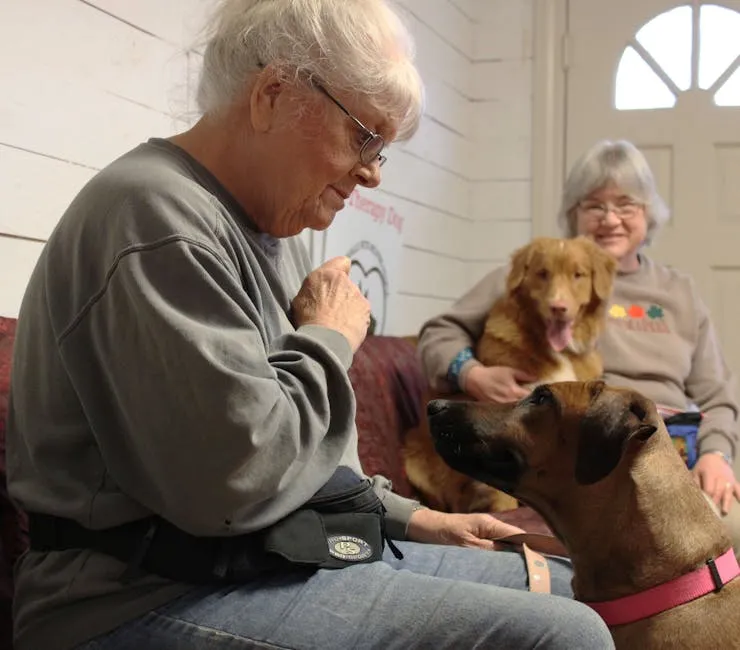
Understanding Senior Dogs
The Aging Process
As dogs age, their bodies undergo significant changes. Mobility issues often arise, making those once-energetic leaps into the car a bit less graceful. You may notice your senior dog taking a little extra time to get up after a nap, or perhaps they prefer the couch to a game of fetch. Vision and hearing loss can also creep in. A once-vigilant guard may now miss the sound of the mailman or struggle to spot that pesky squirrel outside.
But it’s not just physical changes. The emotional landscape of an aging dog can be complex. Many senior dogs come with baggage from their past. These furry friends might have experienced trauma, abandonment, or neglect, making them more prone to anxiety. It’s crucial to approach their new life with understanding and patience. A gentle touch and a calm voice can work wonders, helping these dogs feel secure in their new environment.
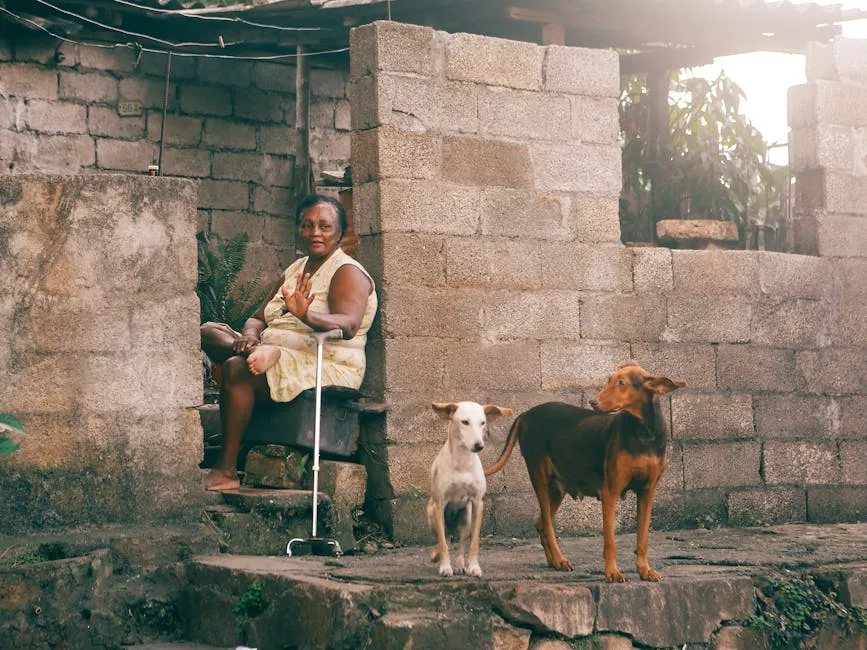
Common Health Concerns
With age comes the risk of health issues. Arthritis is a common concern, causing pain and stiffness in joints. Regular vet visits can catch these problems early. Dental issues are also prevalent; tartar buildup can lead to discomfort and infections. A regular check-up can keep those pearly whites healthy.
Other common health concerns include obesity, which can exacerbate joint pain and lead to further complications. Monitoring diet and ensuring your senior dog maintains a healthy weight is essential. Furthermore, conditions like kidney disease and heart problems can develop as your dog ages. Staying vigilant and consulting your vet regularly can make a significant difference in your dog’s quality of life.
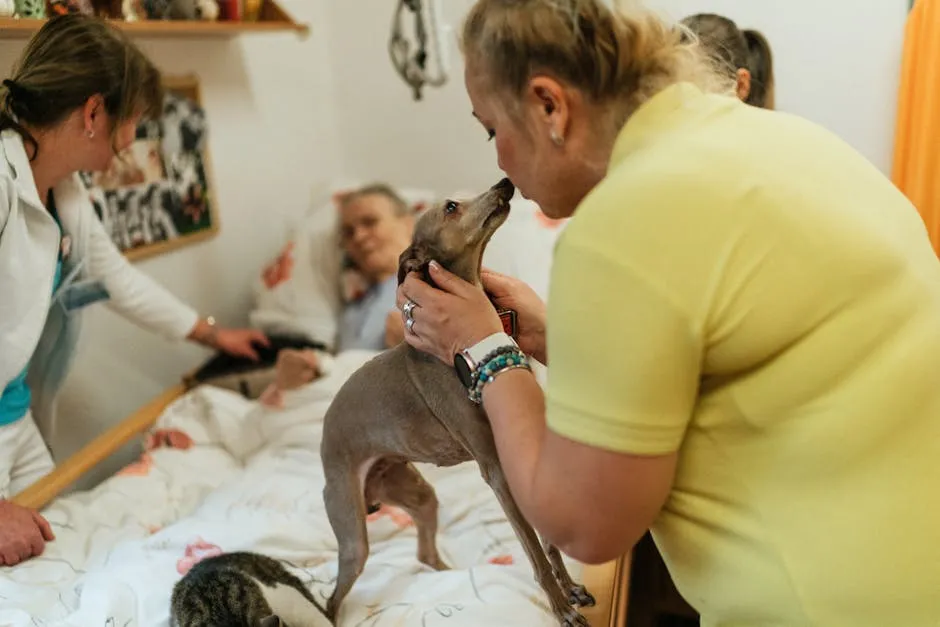
Preparation Before Adoption
Researching the Breed
Before you adopt, it’s vital to understand how different breeds age. Larger breeds, like Great Danes, tend to age faster than smaller ones, like Chihuahuas. Familiarizing yourself with the specific needs and characteristics of the breed you’re considering can help you prepare better for their care. Researching common health issues associated with the breed can also ensure you’re ready for potential challenges.
Assessing Your Home
Creating a dog-friendly environment is essential, especially for senior dogs. Ramps can be a game-changer, making it easier for your furry friend to access their favorite spots. Non-slip surfaces can prevent slips and falls, which are more likely with aging joints. Additionally, ensure that food and water bowls are easily accessible. A simple adjustment, like raising their bowls, can make mealtime more comfortable. Consider investing in Dog Ramps for easier access!
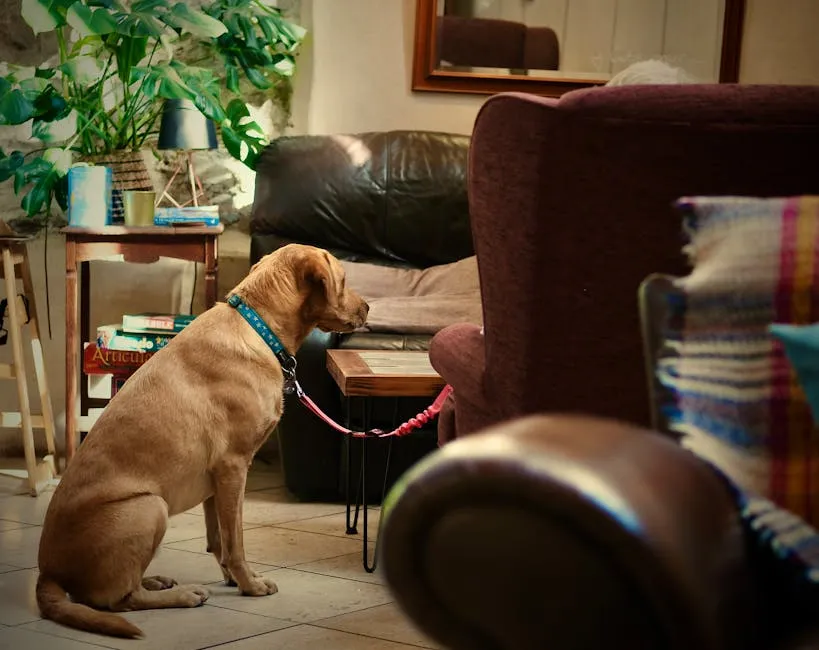
Veterinary Planning
Scheduling a health check right after adoption is a must. This initial visit will help establish a baseline for your new dog’s health. Your vet can provide insight into any immediate medical needs and suggest a vaccination schedule. Knowing your senior dog’s health status will help you plan for their future care. Plus, it sets the stage for a strong veterinary partnership, ensuring your dog receives the best possible care as they age.
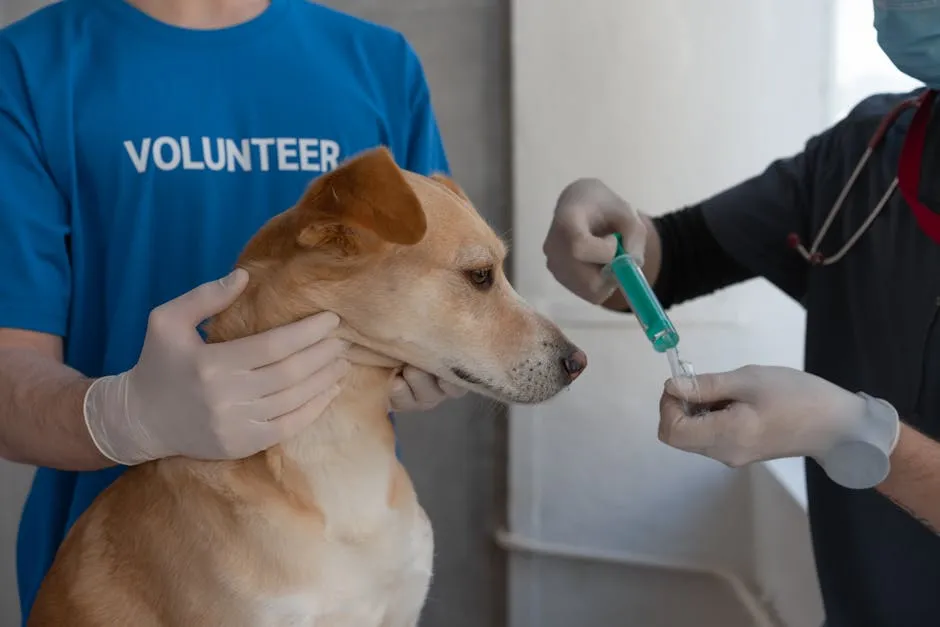
Creating a Welcoming Environment
Setting Up Safe Spaces
Creating a welcoming atmosphere for your senior dog is crucial. Start by designating a quiet area where they can relax. This space should be away from high traffic zones and loud noises. A cozy corner with soft bedding can work wonders. Think of it as their personal retreat, a sanctuary of sorts.
Consider using a crate if they’re accustomed to it. Make it inviting with a plush blanket and familiar toys. If your new furry friend isn’t crate-trained, a simple dog bed in a low-traffic room works just as well. Ensure they’re included in family activities. Senior dogs often appreciate being close to their humans, but they also need that peaceful space to retreat when overwhelmed.
Keep in mind, older dogs may have mobility issues. So, ensure their safe space is easily accessible. A few strategically placed ramps can help them navigate your home without fear. This thoughtful setup gives them a sense of security, allowing them to adjust at their own pace.

Essential Comfort Items
The right comfort items can significantly enhance your senior dog’s quality of life. Start with an Orthopedic Bed. These beds provide extra support for aging joints, helping prevent discomfort. Your dog deserves a comfy spot for those much-deserved naps!
Next, consider feeding accessories. Elevated bowls can reduce strain on their necks, making mealtime more enjoyable. A non-slip mat under the bowls can prevent spills and keep things tidy.
Don’t forget toys! Soft, plush toys are ideal for gentle play. Avoid hard, chewable items that could harm their aging teeth. Puzzle toys can stimulate their minds, keeping boredom at bay. Remember, a happy dog is an engaged dog, so rotate toys to keep things fresh.
Show your senior dog the love they deserve with essential comfort items. With the right setup, they’ll feel right at home in no time.
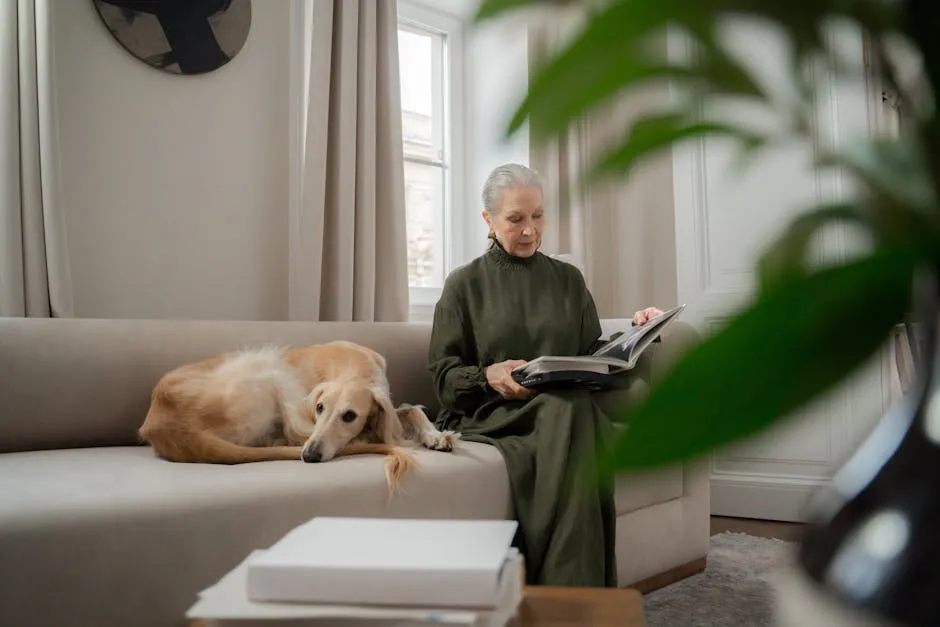
Transitioning to a New Home
Easing the Adjustment
Bringing a senior dog into your family is a heartwarming act. However, transitioning can be tricky. Start by introducing them slowly to family members. Allow them to meet each person individually. This way, they won’t feel overwhelmed.
For pets already in the household, gradual introductions are key. Take it slow; let them sniff each other through a gate or crate. A walk in neutral territory can help ease the tension. Always supervise interactions, rewarding calm behavior with treats and praise. This builds trust and fosters positive relationships.
Creating a calm environment will help your new friend settle in. Keep noise levels low and avoid sudden, loud movements. Allow them to explore their surroundings at their own pace. Patience is essential. Your senior dog may take a little longer to adapt, but that’s perfectly normal.
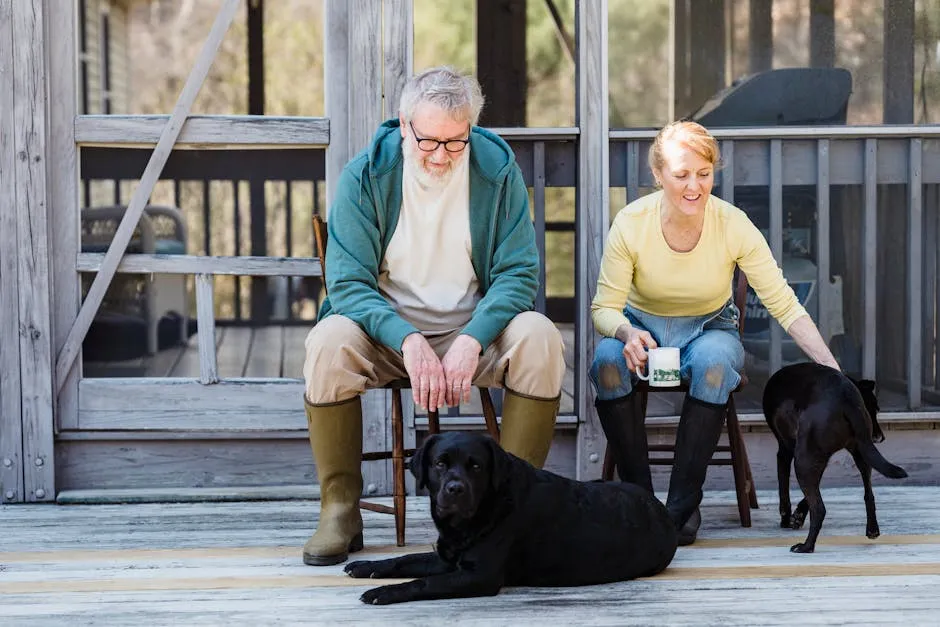
Establishing Routine
Establishing a consistent routine is vital for your senior dog. Older dogs thrive on predictability. Set regular times for feeding, walks, and bathroom breaks. This helps them feel secure in their new environment.
Consider short, leisurely walks that accommodate their energy levels and mobility. Aim for multiple short strolls rather than one long hike. This prevents exhaustion while still providing exercise.
Make sure they understand where to go for bathroom breaks. Take them out frequently, especially during the initial adjustment period. This helps prevent accidents and reinforces good habits.
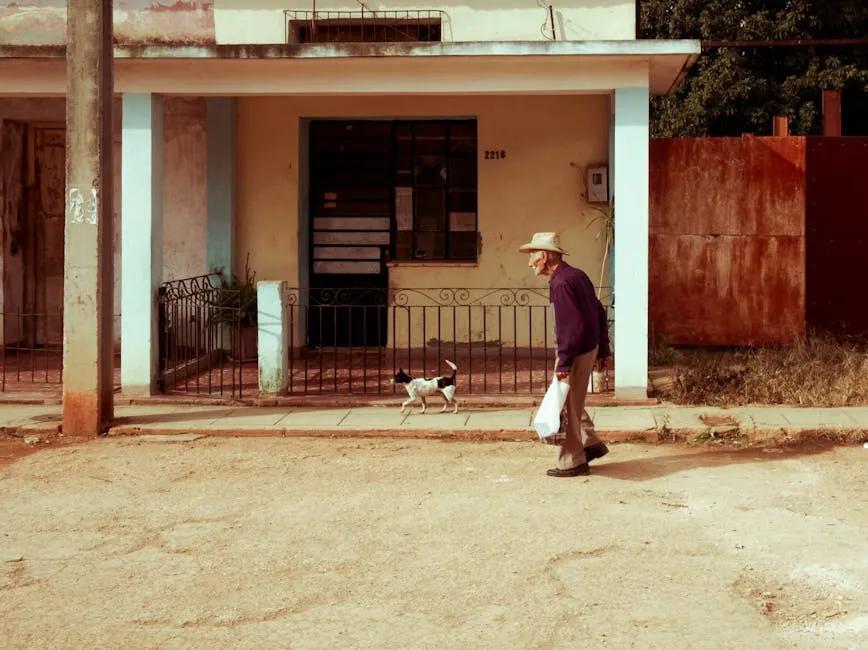
Recognizing Stress Signals
Understanding your senior dog’s stress signals is crucial. Watch for signs like excessive panting, pacing, or hiding. If they seem anxious, allow them to retreat to their safe space.
A gentle approach is essential. Speak softly and avoid sudden movements. If your senior dog is fearful, don’t force interaction. Instead, let them come to you when they feel comfortable.
Encouragement is key. Use treats and praise to reward positive behavior. When they engage or explore, celebrate their bravery. This helps build confidence over time.
Recognizing and responding to anxiety will help your senior dog adjust. With patience and love, they’ll soon feel at home.

Ongoing Care and Support
Health and Nutrition
When adopting a senior dog, proper nutrition is essential. Tailoring their diet can drastically improve their quality of life. Start by consulting your vet about the best food options. Many senior dogs benefit from a diet specifically designed for their age group. These foods often contain lower calories and added joint supplements.
Transitioning to a new diet should be gradual. Mix their old food with the new for at least a week. This helps avoid digestive issues. If your senior dog refuses to eat, don’t panic! A day or two without food is normal. You can enhance their meals with a splash of Low-Sodium Chicken Broth to entice them.
Keep track of any health conditions your furry friend has. Conditions like arthritis or diabetes require special attention. Regular vet visits are crucial for monitoring their health. Your vet can recommend appropriate supplements to support joint health or manage weight. Maintaining a healthy weight is vital, as excess pounds can worsen health issues.

Exercise Needs
Senior dogs might not be as spry as they once were, but they still need exercise. Short, gentle walks are the way to go. Aim for several short outings each day rather than one long trek. This approach keeps their joints mobile and helps prevent obesity.
Consider incorporating playtime as well. Soft toys are great for gentle games. Avoid strenuous activities that could lead to injury. Swimming can be an excellent low-impact exercise, perfect for older dogs. It’s easy on their joints and provides a refreshing way to stay active. Consider getting a Dog Life Jacket for safe swimming adventures!
Always pay attention to your dog’s energy levels and adjust the exercise accordingly. If they seem tired, let them rest. Remember, the aim is to keep them engaged without overexertion.
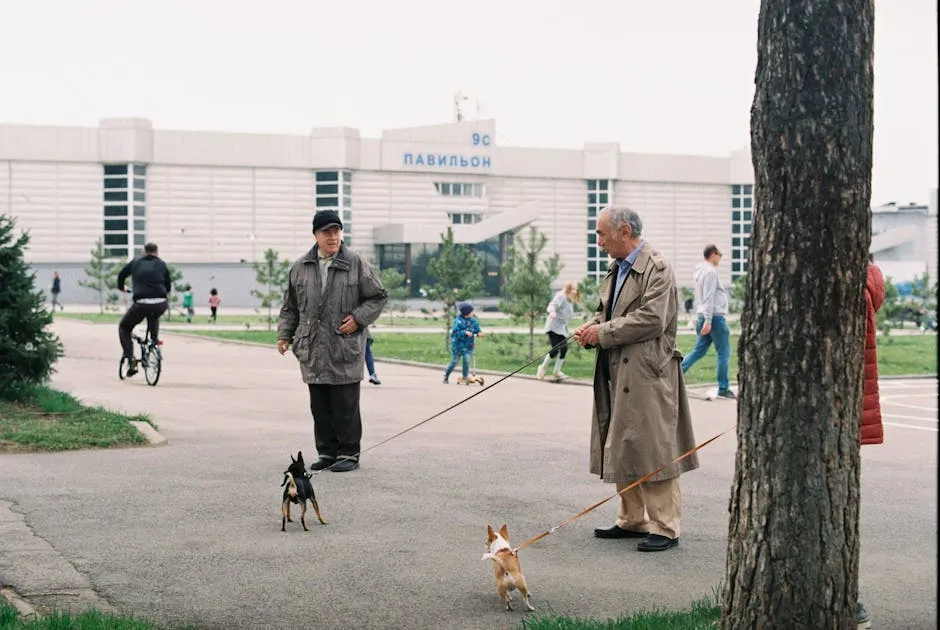
Mental Stimulation
Keeping a senior dog’s mind sharp is just as important as physical exercise. Engage them with puzzle toys that challenge their problem-solving skills. These toys can stimulate their brains and reduce boredom.
Training sessions, even with basic commands, can also be beneficial. It not only sharpens their mind but strengthens your bond. Use positive reinforcement to encourage them. Treats and praise go a long way!
Additionally, consider introducing new scents during walks. Allowing them to explore different environments can be mentally stimulating. Just ensure these outings are safe and manageable. Keeping their minds active will help combat cognitive decline, making for a happier, healthier senior dog.
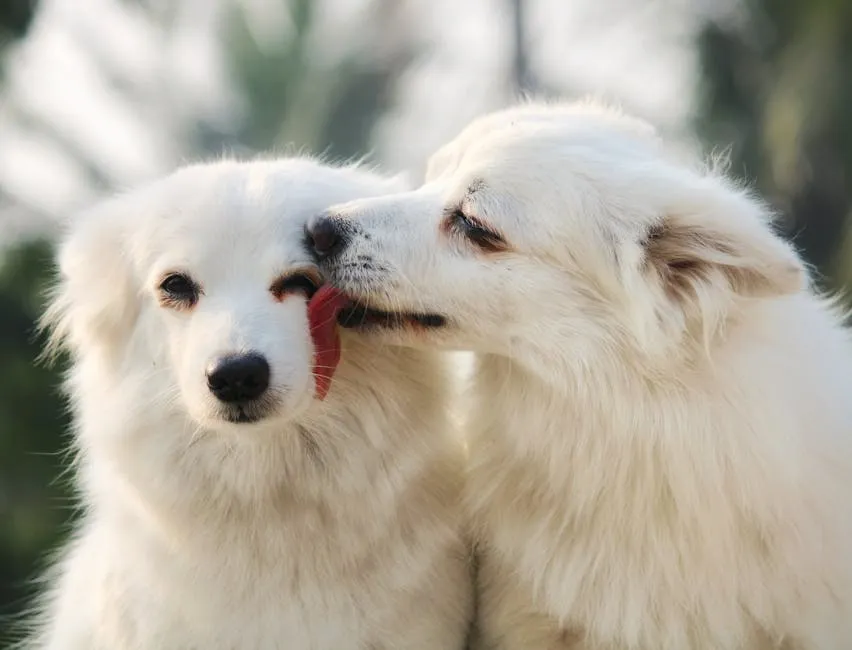
Finding Joy in the Journey
Building a Bond
Adopting a senior dog can lead to heartwarming moments. Many people share stories of how their older dogs have changed their lives. For instance, one family adopted a golden retriever who had spent years in a shelter. Initially shy, he soon blossomed into a playful companion. His new family quickly learned that he had a knack for stealing socks and a talent for cuddling during movie nights.
These tales are common. Senior dogs often show immense gratitude for the love and care they receive. Their affectionate nature can bring joy to any household. Each wag of their tail is a testament to the second chance at life you’ve given them.
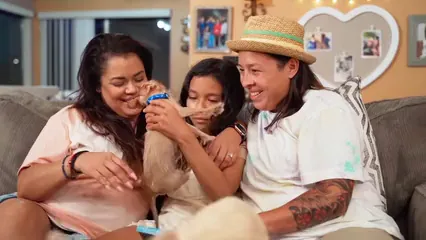
Making Memories
Cherishing moments with your senior dog is vital. Take the time to enjoy simple activities together, like lounging on the couch or taking leisurely walks. Each day spent together is a memory in the making. Capture these moments with photos or keep a journal of your experiences.
Consider regular outings to dog-friendly parks or cafes. Watching your senior dog sniff around and explore new surroundings can be delightful. These adventures may seem small, but they create a treasure trove of happy memories.
Your relationship with your senior dog is unique. As they age, the bond deepens, filled with love and understanding. Celebrate the love you share, and remember that every moment counts. Together, you can create a lifetime of cherished memories.
Conclusion
Adopting a senior dog is a beautiful commitment that offers both challenges and immense rewards. These wise companions come with stories etched in their hearts, ready to share love and loyalty. By choosing to adopt, you’re not just providing a home; you’re giving a second chance at life to a dog who may have faced hardships.
Transitioning a senior dog into your home can be a bit bumpy at first. They might be a little unsure about their new surroundings, and that’s okay! A little patience goes a long way. Remember that every wag of their tail is a testament to the love you’re sharing. With gentle encouragement and love, they can learn to trust again.
Creating a cozy space for your new furry friend is crucial. Think comfy beds and quiet corners where they can nap without a care in the world. Establish a routine that includes regular feeding, walks, and playtime. Consistency helps senior dogs feel secure, allowing them to adjust more easily.
Health care is another essential aspect. Regular vet visits can help catch any issues early on, ensuring your dog enjoys their golden years in comfort. You might need to adjust their diet or exercise routine as you learn what works best for them. But don’t worry! Older dogs still love playtime, even if it’s a gentle game of fetch or a leisurely walk around the block.
In the end, the bond you build with your senior dog will be rewarding. The joy of seeing them thrive in a loving home is unmatched. Together, you can create memories that will last a lifetime, proving that age is just a number when it comes to love and companionship. So, embrace the journey, and let the tail wags remind you of the happiness you’ve brought into each other’s lives.
FAQs
What age is considered “senior” for dogs?
The age at which a dog is considered senior varies by breed. Generally, small breeds are seniors by age 9-12, while larger breeds may hit that mark around 5-8. It’s crucial to consider individual health and lifestyle.
How can I help my new dog adjust?
Easing the transition is key. Create a calm environment with familiar scents and a cozy space for them to relax. Gradually introduce them to new areas of your home and family members to minimize stress.
What should I expect in terms of health care?
Senior dogs often require more frequent vet visits, typically every 6 months. Common health concerns include arthritis, dental issues, and weight management. Staying proactive about their health ensures a better quality of life.
Can senior dogs learn new tricks?
Absolutely! Senior dogs can learn new skills, which can aid their mental health. Short, positive training sessions using treats and praise can keep their minds sharp and strengthen your bond.
What if my senior dog has special needs?
If your senior dog has specific needs, such as mobility issues or dietary restrictions, consult your vet for tailored advice. Accommodations like ramps, orthopedic beds, and specialized diets can significantly improve their quality of life.
Please let us know what you think about our content by leaving a comment down below!
Thank you for reading till here 🙂
For insights on managing joint pain in senior dogs, check out the Best supplements for dogs with joint pain and arthritis.
All images from Pexels





